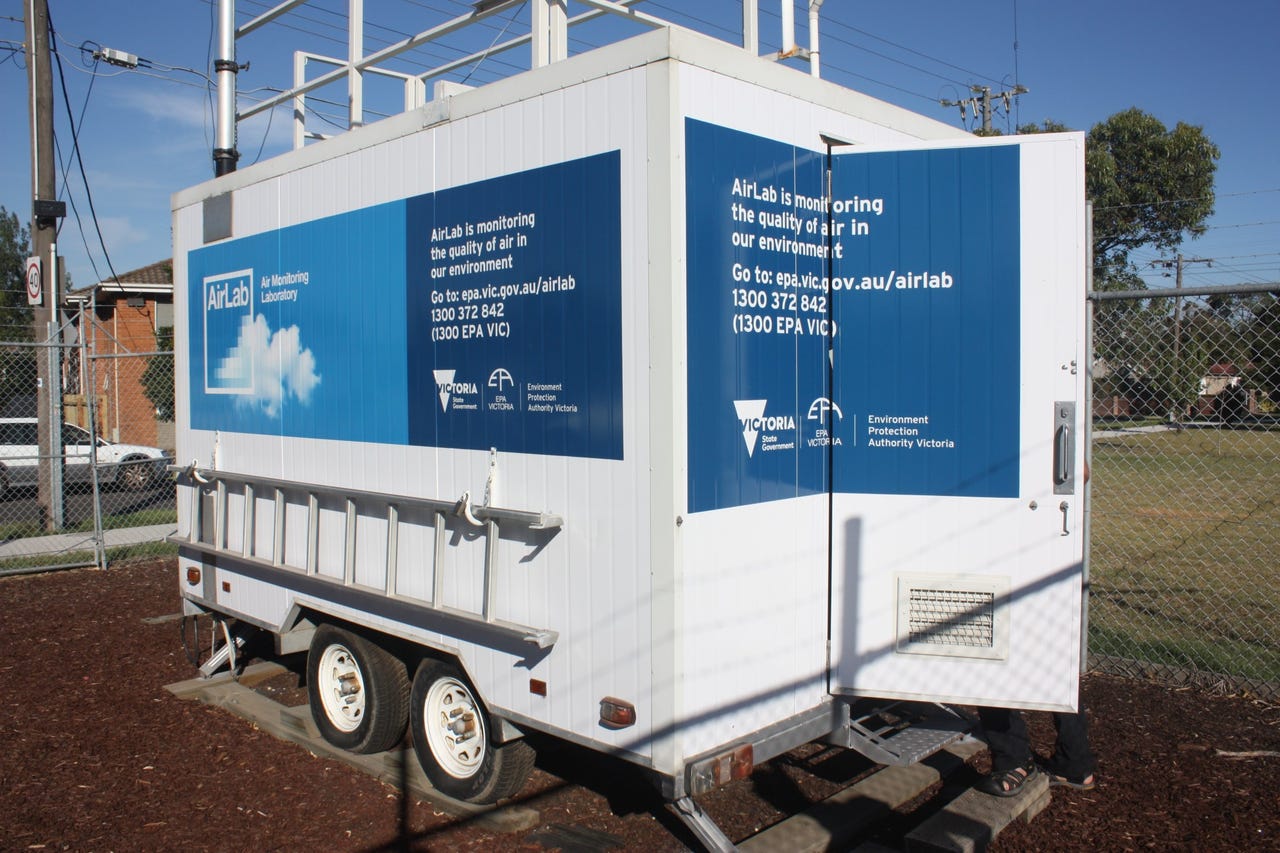Victoria's environmental regulator goes cloud-first to capitalise on IoT


Environment Protection Authority Victoria (EPA) has kicked off a large-scale project it hopes will completely transform the way it manages data and consequently the environment.
The digital transformation follows an inquiry the Victorian government held into the EPA. As part of the government's response to a resulting report and recommendations, the government funded the EPA to undergo an organisational transformation.
According to CIO Chris Moon, technology was highlighted as a "significant part" of enabling the organisation to undergo that transformation.
The state threw in AU$182.4 million to transform EPA into a "world class" regulator that was "equipped to address current and future challenges".
Responsible for regulating everything environment-related in the state, from a person tossing a cigarette out a car window through to large industrial chemical factories, Moon said the organisation took a look at how its overall technology infrastructure needed to change to support all of the data it will be faced with in future.
"One of the recommendations was that EPA needs to be able to use data and analytics a lot better than it did previously," Moon said. "Our systems have really been built around very much process-centric systems and technologies, and what we're looking at as we move into the proliferation of sensor technology and data becoming available everywhere, we didn't really have the technology capability to interpret that data."
As an example in the IoT space, EPA has 17 fixed air quality stations, each one of which is about the size of a shipping container, and costs hundreds of thousands of dollars to establish. Moon said now EPA is looking at sensor technology the size of a shoebox that offers real-time environmental data.
"We had to really adapt our systems so that we can adopt those kind of technologies in the future," he continued. "If we want to add capability to our current systems it takes us months ... so we had to refresh the technology we have to enable that ... we're now able to work with our scientists to get these up and running in days, rather than months."
As the technology evolves, Moon said EPA is also looking at how it can use satellite imagery to bring in air quality forecasting, based on satellite.
"The platform we're trying to use at the moment is really an open data platform that allows us to bring all those different sources of data in and overlay them so that our scientists can actually have a look at a single view of what's happening in the environment in Victoria," he said.
"That will combine individual sensors, be that owned by us or if we can get the data from a third party such as a local council or industry, and then combine that with our air quality sensor data, satellite imagery, or other pieces all into a single view so we can then make informed decisions."
EPA is also expecting its underpinning regulation to change in the near future, which Moon said is expected to have a knock-on effect on the organisation's business processes.
"What we're trying to do is build technology capability that can be adapted to our new business processes," he said. "That means we're looking to change to more cloud-focused systems; a cloud-first strategy where our technology systems are all cloud-enabled.
"If you've got a number of cloud platforms, you need a way to really make them sing as they work together, so the data in one system is easy to transfer to another, which is how we ended up looking at Dell Boomi because it underpins that capability to share information and data."
EPA turned to Dell Boomi in 2017 for its integration platform-as-a-service, which will replace a series of on-premises middleware connectors and "synchronise" the IT transformation.
"We're working through the foundational pieces at the moment, so we're really building the initial platform and we're expecting the initial use case of the platform to be completed in December, and that's replacing the back-end infrastructure that supports our air quality sensor technology at the moment," Moon said.
"We don't have a hard and fast deadline ... we're approaching it in much smaller chunks ... getting the foundational areas operating, the data lakes, the structured warehouses, different tiers of storage, and importantly the integration layer, the APIs so we can consume data from others, but also so we can share data out to others as well.
"We do have a large amount of data; I believe we've been collecting air quality data since the 70s. So as you can imagine, five minute averages from air quality sensors since the 70s is a huge amount of data to manage and back in the 70s it wasn't flowing straight into a SQL database, it was often on paper records."
MORE ON DIGITAL TRANSFORMATION
- Redefining government service delivery the Service Victoria way
- Fujitsu using drones and analytics to protect native endangered species
- Australia claims it's a 'leader' in digital government
- Auckland looks to 'gamify' public transport
- WWF Australia: Even non-profits need smooth-running IT
- NSW government turns to Microsoft for procurement monitoring
- 10 digital transformation tips to help your business compete in the modern age (TechRepublic)
- These are the biggest challenges of digital transformation (TechRepublic)